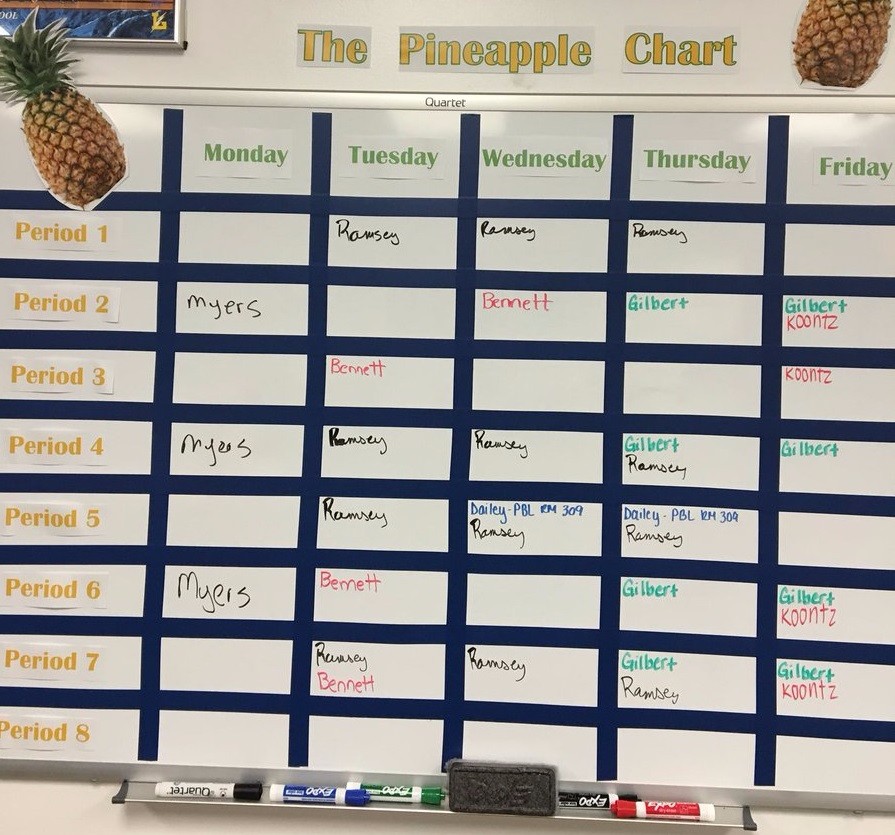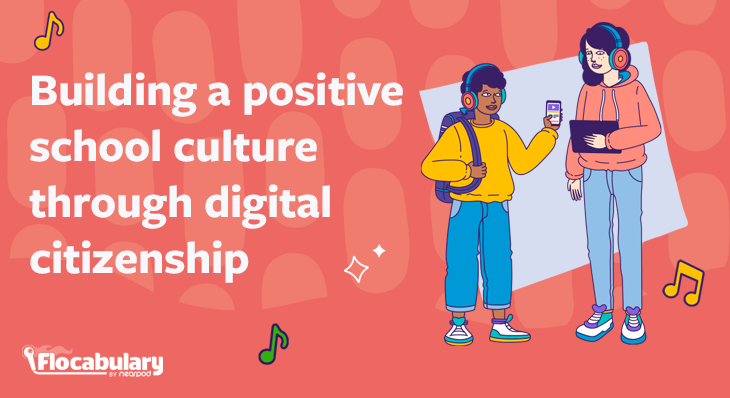
Building a positive school culture through digital citizenship
Did you know the average student spends about 14,040 hours in school from K-12 (NAESP)? It’s no wonder that principals, teachers, students, and their families all try to develop a positive culture in schools to encourage lifelong digital citizenship and learning.
When we talk about school or classroom culture, it’s that “je ne sais quoi” that comes from common goals, aligned values, and shared expectations. Such norms guide all stakeholders’ attitudes and behaviors. And, all is underscored with a fundamental sense of respect for one another.
Today, that sense of belonging and participation can be developed in the offline and online world. So, it’s not surprising that digital citizenship is a key factor in how schools come together to build a positive school culture. By emphasizing digital literacy and responsible online behavior, schools can nurture a culture of respect and safety in the digital world.
Building a positive school culture through technology
Take a moment to reflect on your school’s motto or philosophy. Most don’t overtly mention technology, but in today’s learning, technology is becoming an integral way of giving students more access, more autonomy, and more agency in their learning journey. This is why knowing how to create a positive school climate through digital empowerment is crucial for educators. The focus has shifted from memorizing facts to applying learning to real-life scenarios (if you’ve never listened to Sir Ken Robinson’s TED Talk, now is the time!).
Most schools focus on empowering individuals to thrive and grow into their own, and technology can be a tool to help shape such personalized learning paths. Learners of any age can tap into multimedia content in an instant for answers and inspiration and then voice their own artistic expression within minutes by producing and sharing their own images, videos, and music. Yet as Spiderman’s uncle said, “With great power comes great responsibility.”
In today’s digital age, teaching digital citizenship skills is paramount for school leaders and educators. So, how are your teachers, staff members, and students prepared to live up to your school’s vision with technology at the forefront?
Educational videos for digital citizenship
Flocabulary’s high-quality videos captivate students and create an impactful and memorable learning experience by harnessing the power of hip-hop music, visual art, storytelling, humor, drama, and poetry. Each video-based lesson includes a suite of instructional activities that provide additional practice and exposure at varying levels of rigor to scaffold instruction.
Watch this video about Internet Safety to see an example of the type of videos you can find on Flocabulary!
Teachers can sign up below to access the activities and lessons shared in this blog post. Administrators can learn more about bringing Flocabulary to their school or district by clicking below.
Flocabulary has several engaging videos to spark a meaningful conversation about digital citizenship for students:
- What is the Internet?: This lesson introduces students to the internet: what it is and how their devices connect to a network. They’ll discover the importance of IP addresses, routers, and servers. And they’ll learn how underground and underwater wires connect us in the world’s largest network of computer networks.
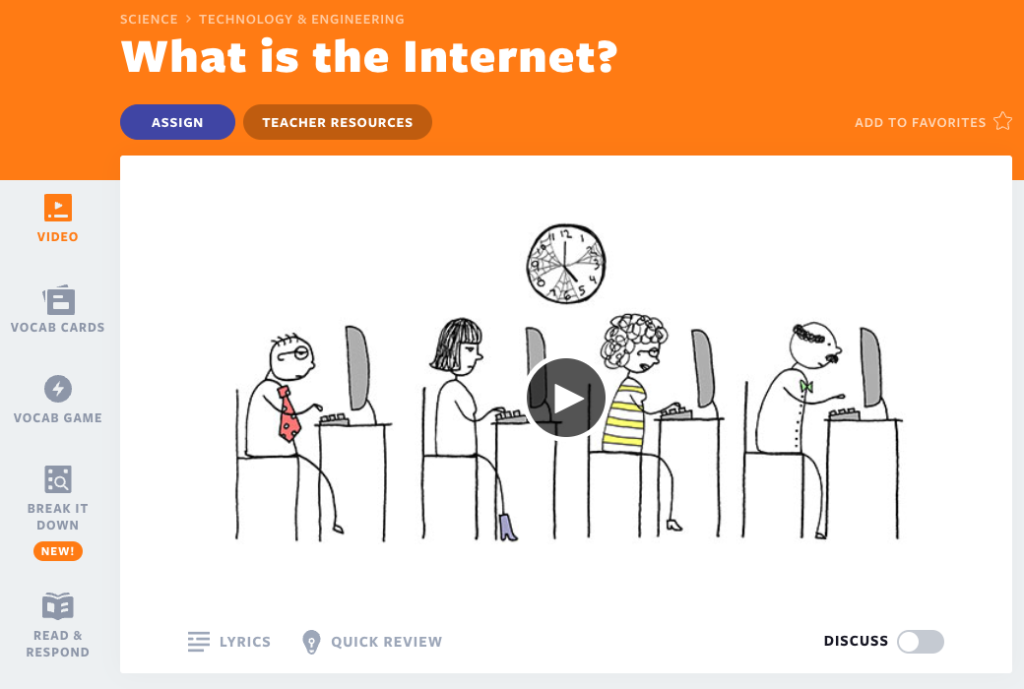
- Internet Safety: The internet is an incredible resource, but students need to know how to use it safely and how to keep their computers safe, too. In this lesson, students learn essential internet safety information, which helps foster positive cultures in school. Key takeaways include how to create usernames and passwords, when to ask a trusted adult for help, and how to keep smartphones and computers safe from viruses.
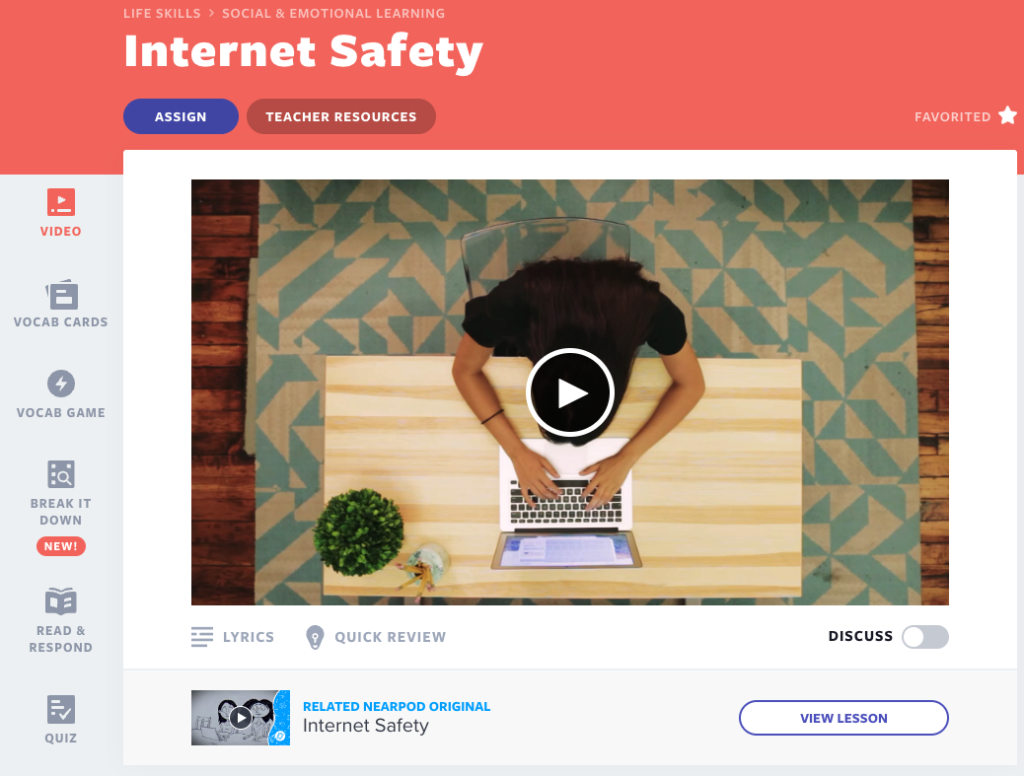
- Fake News: The phenomenon of fake news has been making a lot of headlines, and media literacy is more important than ever. This Week in Rap Extra goes more in-depth than our regular Week in Rap coverage to examine what fake news is and how you can find it. Students learn important tips to help separate the real from the fake and how their existing beliefs can influence how they evaluate what they read, watch, or listen to.
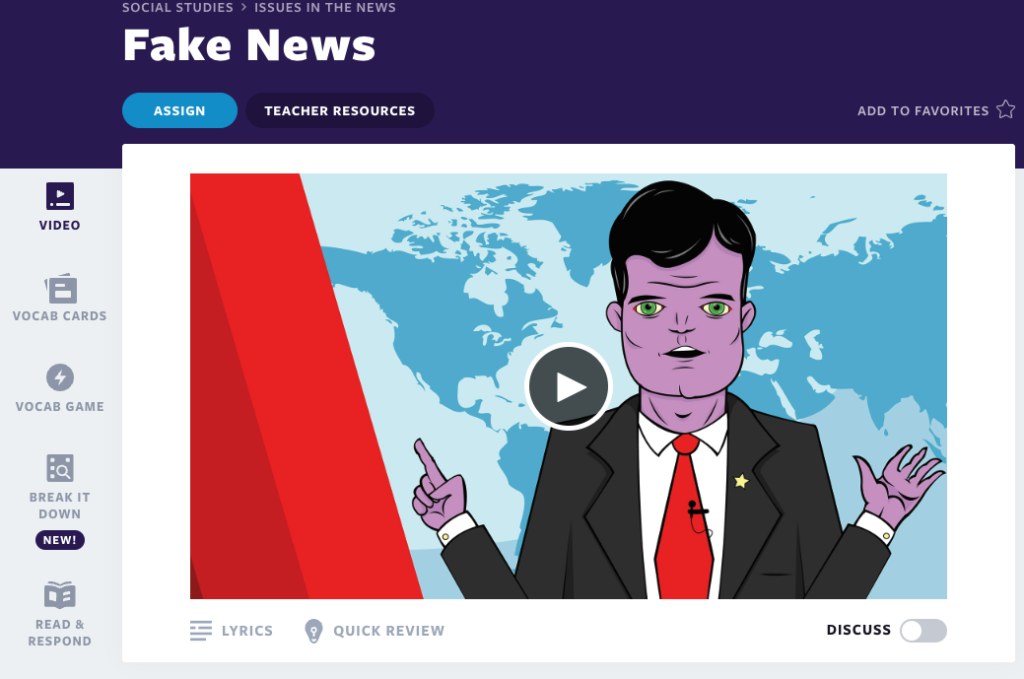
- Oversharing: This song teaches how (and how not) to behave online. Students learn 10 tips for communicating and sharing on social media sites, empowering them to navigate the digital world responsibly and contributing to the development of a positive school culture.
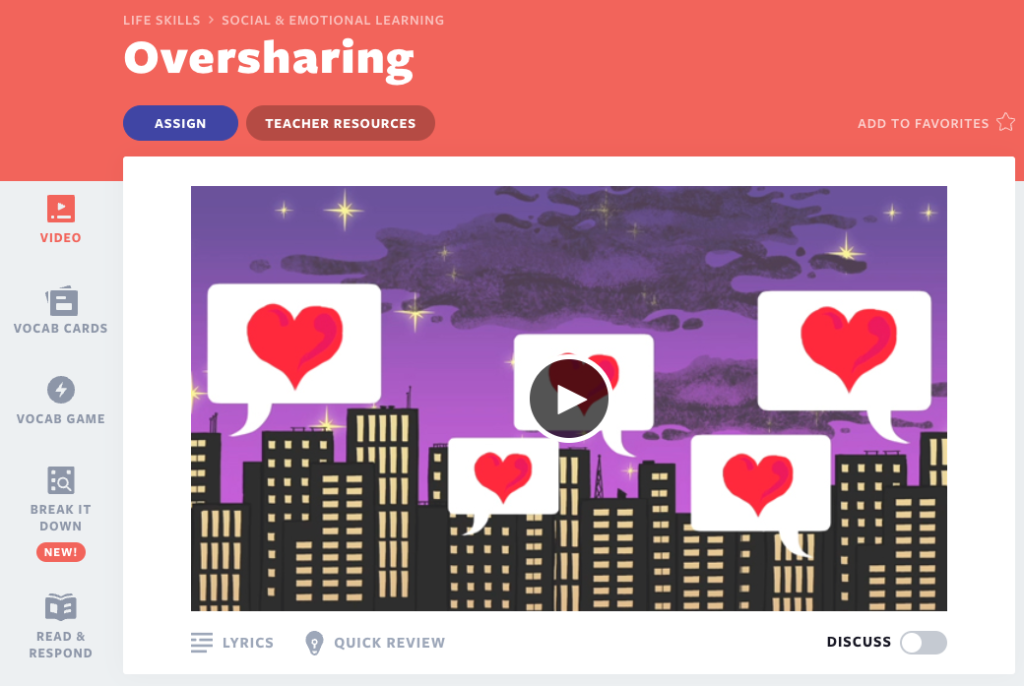
How to build a positive school culture through digital citizenship
As leaders, you must set the tone and ensure your staff is familiar and comfortable with the safeguards your site has put in place around adopting new tools, modeling accepted use, and protecting students’ personal identifiable information (PII). Remember, many of your staff did not grow up with these current technologies and therefore have no prior knowledge from which to lead. Plus, the landscape is ever-changing, so consider how you share best practices throughout the year to reinforce the development of positive cultures in school.
Here are some examples:
- Invite teachers to share their best practices during an Appy Hour
- Make the rounds through informal observations via a pineapple chart, which is a system that allows teachers to invite one another into their classrooms for informal observation
- Since students are digital natives, invite them to be part of a tech leadership team or serve as school experts through a Mouse Squad
Adopting dig cit-friendly technology tools
As part of building school culture, many schools grapple with outlining and enforcing policies around acceptable use of technology, from personal and school devices to social media guidelines. Yet these policies are just the beginning.
By adopting tools that allow you to model the best of technology, you can help develop true digital citizens who lean on healthy habits of mind to steer them through the vast digital landscape. Lean on resources like Common Sense, which is known for its K-12 Digital Citizenship Curriculum, and its comprehensive ratings and reviews designed for educators.
These reviews rate edtech tools based on a 14-point rubric revolving around the pillars of engagement, pedagogy, and support. You may want to collaborate with your staff to create your own rubric to evaluate a tool’s usefulness and place in your school’s learning ecosystem. Some questions to consider:
Evaluation rubric for digital citizenship-friendly technology tools
- How does this tool promote student voice and choice?
- How is the content curated and organized for exploration?
- How does this tool support high-order thinking skills?
- How does this tool provide opportunities to create as well as consume?
- How does this tool address multiple learning styles through multimedia presentation?
- How does this tool comply with accessibility and adaptive learning standards?
- How does this tool have safeguards for students’ privacy?
- How does this tool share evidence of its efficacy in the classroom?
- How often is this tool updated to reflect educator feedback?
- How does this tool offer customer support?
Flocabulary’s Common Sense ratings
The tools you use should also promote best practices of digital citizenship skills for students. Take Flocabulary as an example to put through your educators’ review process. While these hip-hop videos promote literacy, “Flocab,” as it is lovingly called by teachers, is one such tool that can be used across the curriculum for a myriad of learning objectives while promoting responsible consumption and creation of online content.

Here’s how and why Flocabulary has high ratings:
Providing education for all
To begin with, you can level the playing field by providing comprehensive training so that educators can get up and running with a new tool like Flocabulary. Camp Engage provides free professional development and certificates throughout the school year, bringing bite-sized learning opportunities for educators.
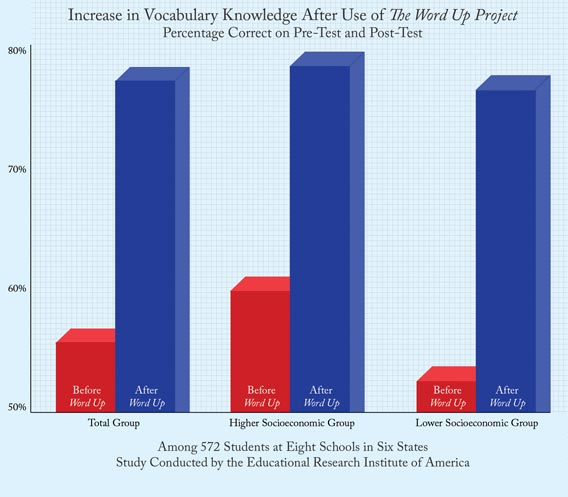
Research-based content and activities
Flocabulary’s research-designed approach drives multisensory learning and exposure, student engagement, cultural relevancy, and applied learning. These efficacy studies illustrate student achievement and growth. The results of this study indicate that The Word Up program is very effective in increasing and improving students’ vocabulary development.
Encourages high-order thinking skills
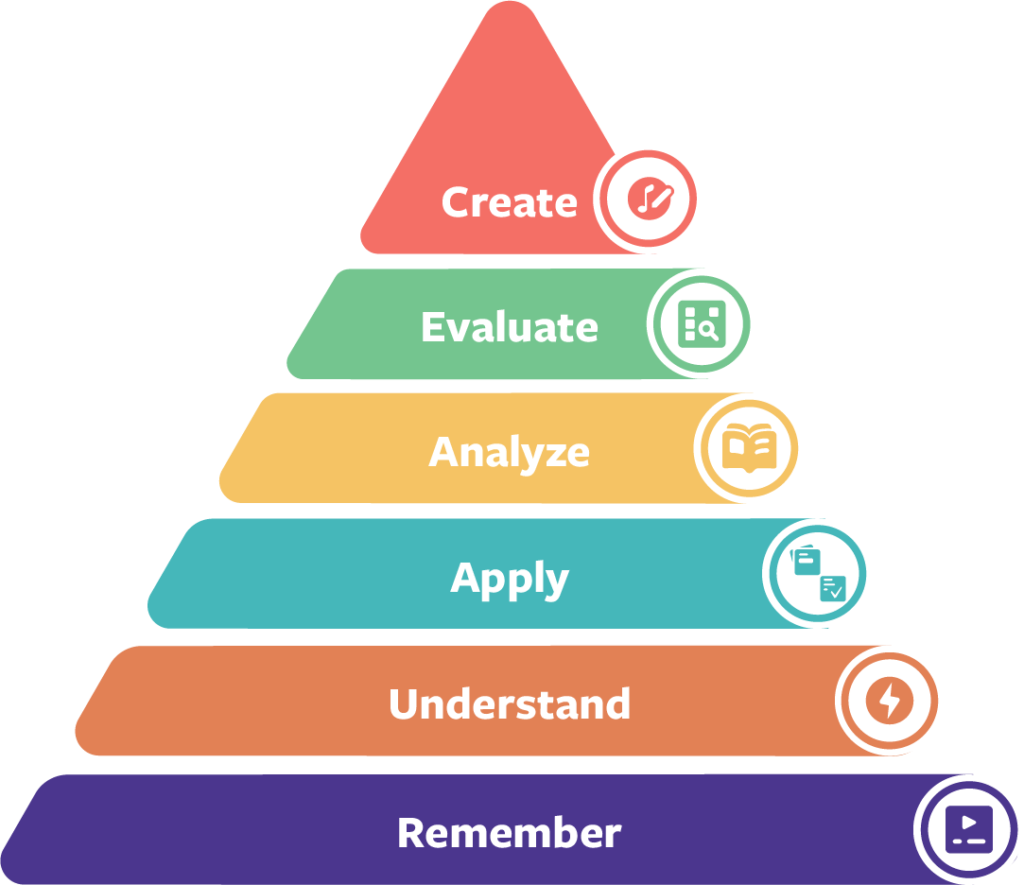
Flocabulary’s video lesson library runs deep across all grades and subject areas, including language arts, math, science, and social studies. Teachers can easily search for standards-aligned videos and activities to ensure students are progressing through the levels of Bloom’s Taxonomy. Flocabulary also addresses life skills like social and emotional learning (SEL) and includes digital citizenship videos, which bolsters students’ sense of belonging and community, thereby creating a positive school culture.
Provides real-world application
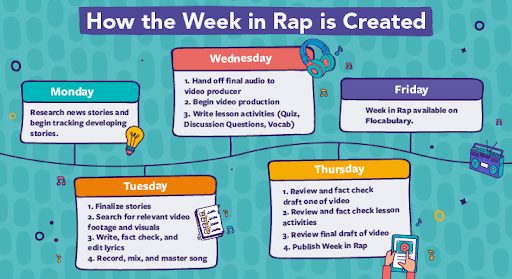
Flocabulary’s Week in Rap feature provides teachers and students alike a chance to digest current events in a creative manner. It’s also an opportunity for students to practice their media literacy skills as they evaluate the types of current events being shared and for what purposes.
Promotes student expression
As the most popular music genre in the world, hip-hop is sometimes referred to as “global youth culture.” Connecting learning to students’ deep, diverse cultural knowledge not only creates a classroom environment of trust and respect but is also proven to help students process new information.
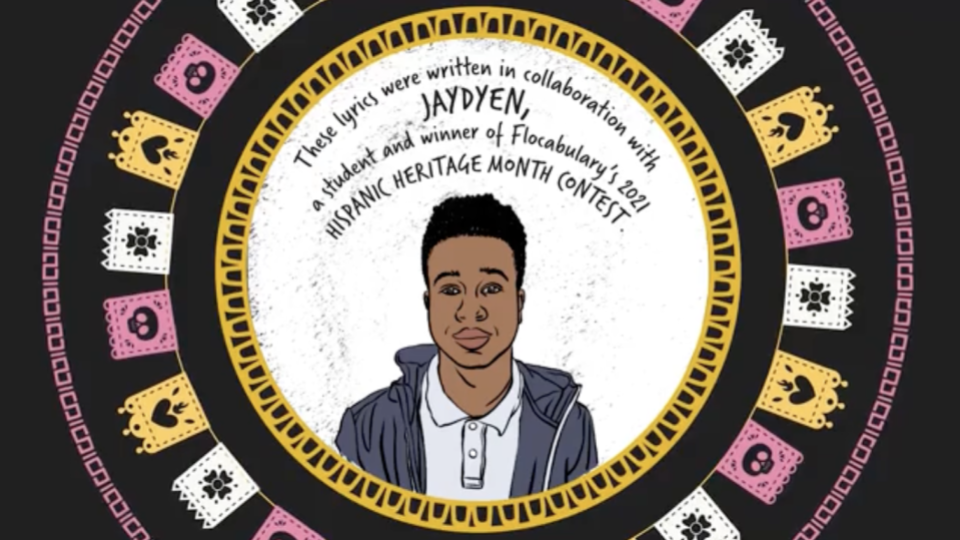
Flocabulary’s student rap contests promote students’ artistic expression, which is a way to differentiate learning further and promote community involvement. As students develop their individual voices, they become empowered to contribute to their communities, further building a positive school climate and demonstrating how to create a positive school climate through their creative endeavors.
Boost digital citizenship and positive school culture with Flocabulary
With Flocabulary, students and teachers grow a greater appreciation of the online content they are consuming while being inspired to create their own. Flocabulary songs and digital citizenship videos are authentically engaging and “sticky,” and the content is educationally nutritious. Good digital citizens understand the significance of their digital footprint and contribute to positive school communities.
Plus, the shared value assigned to such a proactive learning tool that can be used across the curriculum promotes connection and community, all of which ladder up to a positive school climate. Do make time to have meaningful conversations with your staff and students about dig cit; invite your school’s families to be part of the dialog as well so that everybody is bought into your school’s vision and educational philosophy. And do make sure to repeat the importance of dig cit for students throughout the year—not just at the start—so that it stays a priority in creating the ultimate school culture.
Captivate students and make learning experiences memorable and interesting through Flocabulary. Teachers can sign up below to access the activities and lessons shared in this blog post. Administrators can learn more about bringing Flocabulary to their school or district by clicking below.

